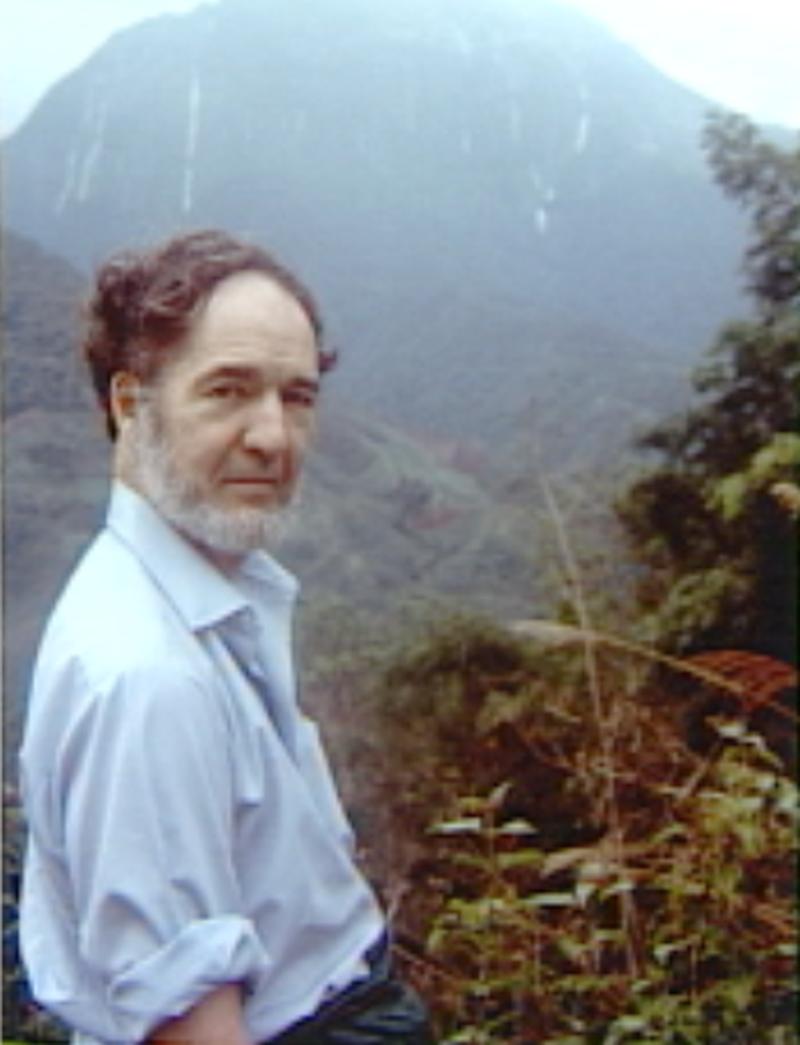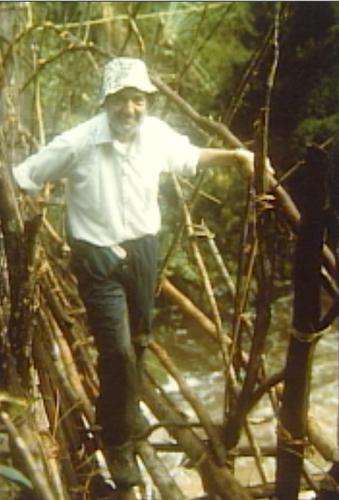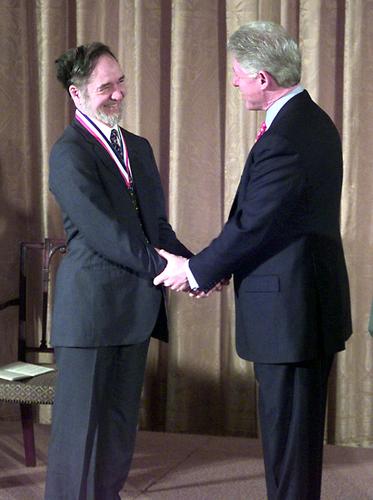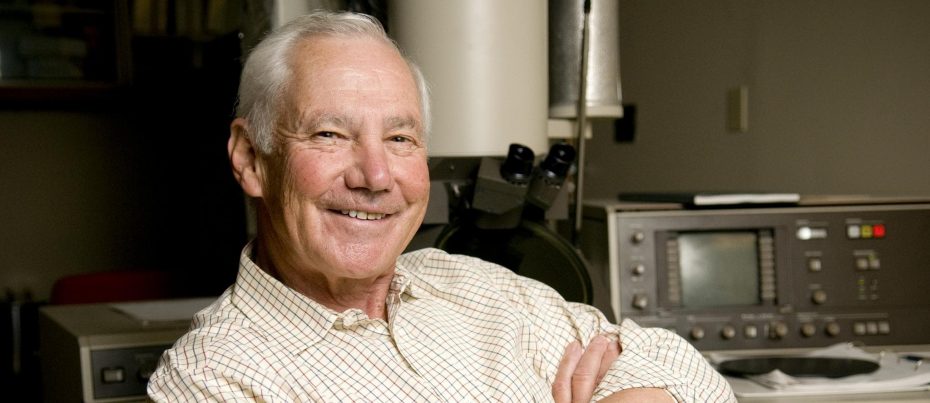We don’t really think of us humans as animals—at least we don’t think of ourselves like other animals in the world. Scientist Jared Diamond explores what makes the human species stand out from other animals, and how subgroups of our species can overpower another and threaten the environment.
In 1991, Diamond published The Third Chimpanzee, which broadly looks at the unique characteristics of humans through linking biological, anthropological, historical, and linguistic lenses.
Diamond traces the recent evolutionary divergence between humans and primates. He concludes walking upright allowed humans to use their hands more freely, allowing the brain to focus on other things, facilitating a rapid expansion of the brain’s capabilities. This expansion allowed for rapid technological growth, and a focus on societal development more than our chimp counterparts.
Finally, Diamond links world conquests and environmental threats. He states Europe and Asia could conquer other areas more easily due to an agricultural system that was easily adapted in conquered areas with less stable climates.
Additionally, Eurasia domesticated certain animals, leading to resistance against diseases that wiped out indigenous populations. Diamond argues that because climate and geography play a large role in colonization, a clash between civilizations can diminish the environment to irreversible extents.
By Kristen Brida










